It finally felt like the warm summer had arrived to Brittany as we could have a breakfast outside in a cockpit without getting any goose bumps. We also had a holiday weekend in Île de Bréhat island ahead of us and this island is supposed to be the most idyllic in whole northern Brittany.
In the morning we made some last minute bunkering by getting fresh croissants from the bakery and some more food into fridge. Soon it was time to cast off the lines. We raised sails as soon as we passed the breakwater and enjoyed one of the best sails of the summer. The Sun was glistering from the sea and the swell was long and peaceful. It was a great feeling when Suwena was pushing through the water at 5 to 6 knots. We spent the whole time outside just enjoying the Sun and the sea. There were also quite a few motorboats buzzing around us and many sailboats were reaching for their weekend destinations with full sails like us. We set our course like many others to Île de Bréhat that was one of our main destinations of this summer.
Île de Bréhat is located about a mile from mainland and it’s actually a small archipelago consisting of two main islands surrounded by many smaller islets. There is a mooring area called la Chambre on the southern coast of Île de Bréhat which mostly dries during the low water. Also the mooring buoys seemed to be occupied by local boats. Thus we anchored in front of la Chambre that is actually according to charts the biggest anchorage suitable for keelboats in Île de Bréhat and there is only a short dinghy ride to shore.

We were at the famous pink granite area and of course we could only guess that the seabed was granite as well. We like other arriving boats had to lower the anchor several times before it was set well. For us it was the third try before we were sure that the anchor held. The water was deep and we also had to be careful with the cable scope. According to the chart we were anchoring in 5 metres of water, add 10 metre tide and another two meters to our bow roller. The anchor cable needs to be thee to five times longer depending on weather conditions. All this made anchoring circles in low water huge and skippers really had to estimate the distance to neighbouring boats properly. If the anchor did not immediately set then we would have to look for another spot or other boats would be too close to us.

Throughout the evening more and more boats kept arriving. At the dusk one more boat arrived into the anchorage and they put their hook down rather close to us. Soon Andrus pondered “They anchored really close by”. In the early morning hours there was a loud bang as they collided with Suwena’s swimming platform. It was quite a shock in the middle of the night but so it seemed to be a shock onboard the other boat as well. They immediately weighed the anchor and moved further out to the bay. In the middle of the night, in pitch black and just shaken awake it was not fun searching for a new spot. Remember that the bottom was still bare rock. We had a similar incident two years ago in Tobermory and I still remember the heart pumping as we were moving the boat.
Saturday was a lovely warm summer day. In the morning Suwena was swaying quietly at the anchor we were enjoying the idyllic sea view and birds singing ashore. It did not take us a long for making plans of the day, as we both were eager to go exploring the most popular island in Brittany.
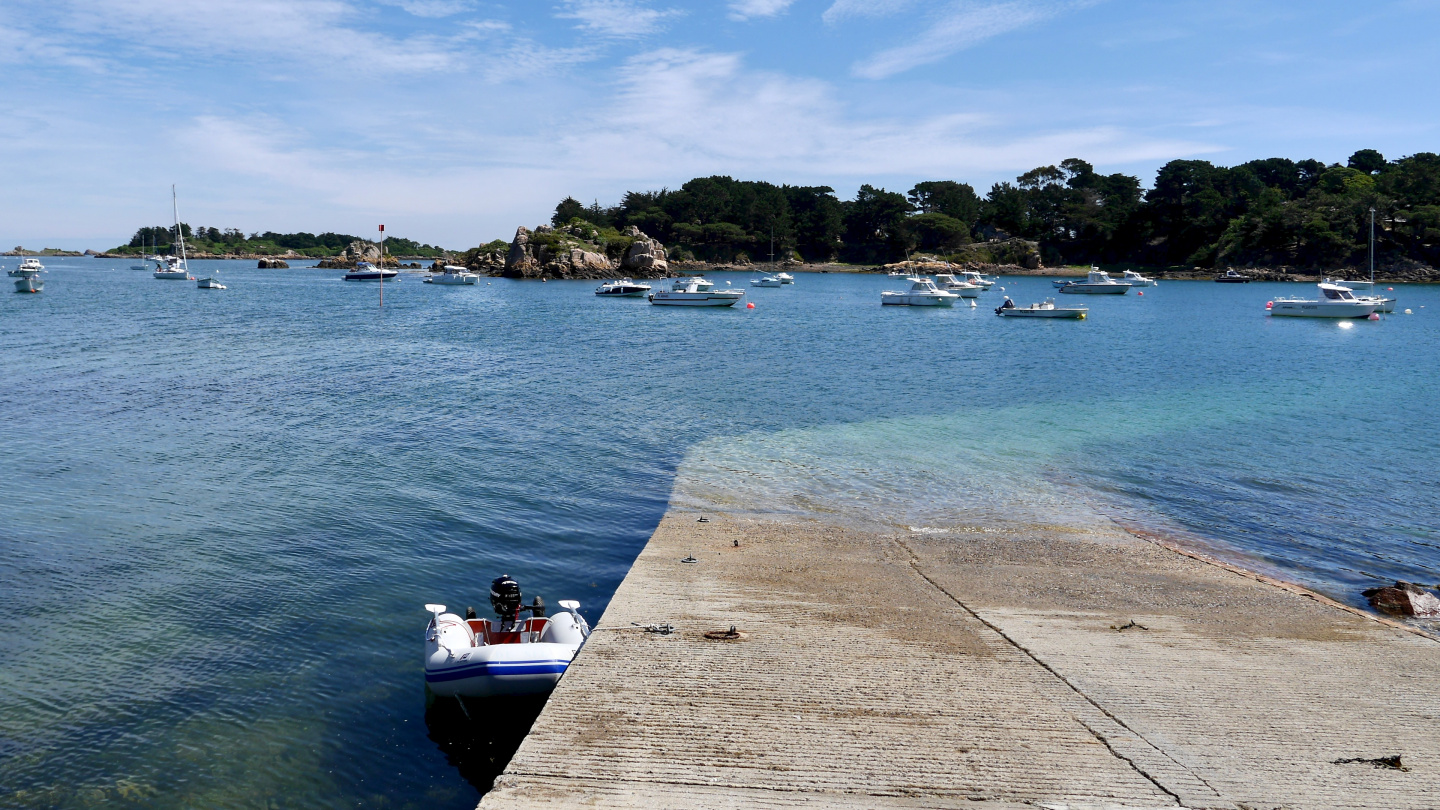
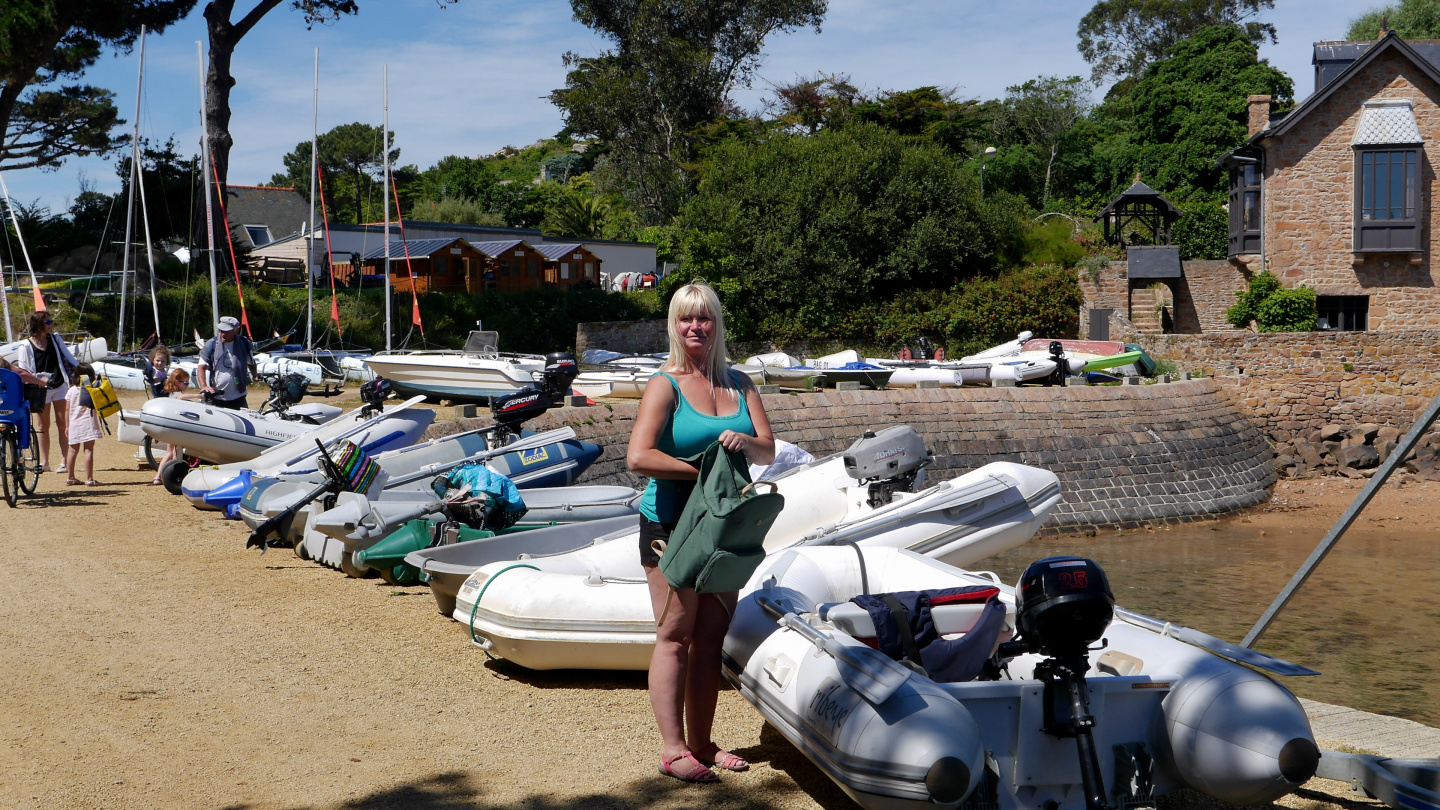
There are a good 400 permanent inhabitants on the island that French call bréhatins. From the 800 dwellings their owners use a few hundred as holiday apartments and in addition there are about 300000 tourists visiting as well. While the cars are forbidden except tractors used for agriculture or maintenance work, the bicycles are very popular. There was a continuous string of both local and tourist cyclists on the roads pedalling up and down the hills. However most of the tourists ambled around on foot while the Sun was scorching their crown.
In the morning we were walking on the southern island. The island’s most popular beach called Guerzido was full of people enjoying the summer. There was also abundant of flora because of the Golf stream, there is a nice microclimate with Mediterranean plants. Thus the numerous palms, eucalyptus and other trees give a unique lush green look to Brehat.


Most of the restaurants are around the square in the middle of the southern islands. After enjoying delicious mussels cooked in the sauce made from Breton cider and apples we continued to northern island.
The southern and northern islands are separated by a narrow strait with a bridge over it. The northern island is smaller, more rugged and less lush. The distance from the dinghy landing of the southern coast to the Paon lighthouse in the north was comfortable four kilometres. Paon lighthouse was built in 1860 and rebuilt after the Second World War. The view from the lighthouse was staggering both to the English Channel and rose granite boulders on a shore.
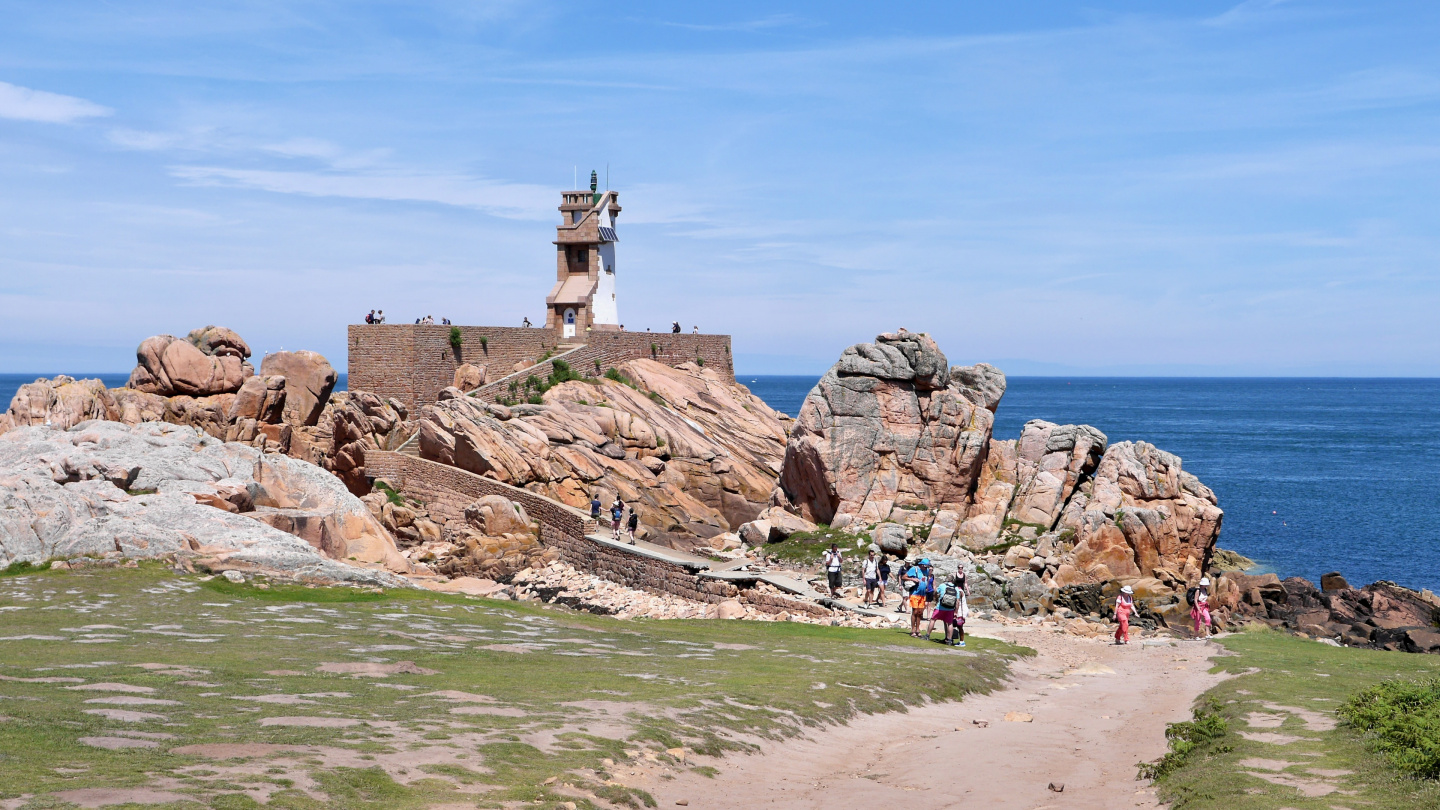
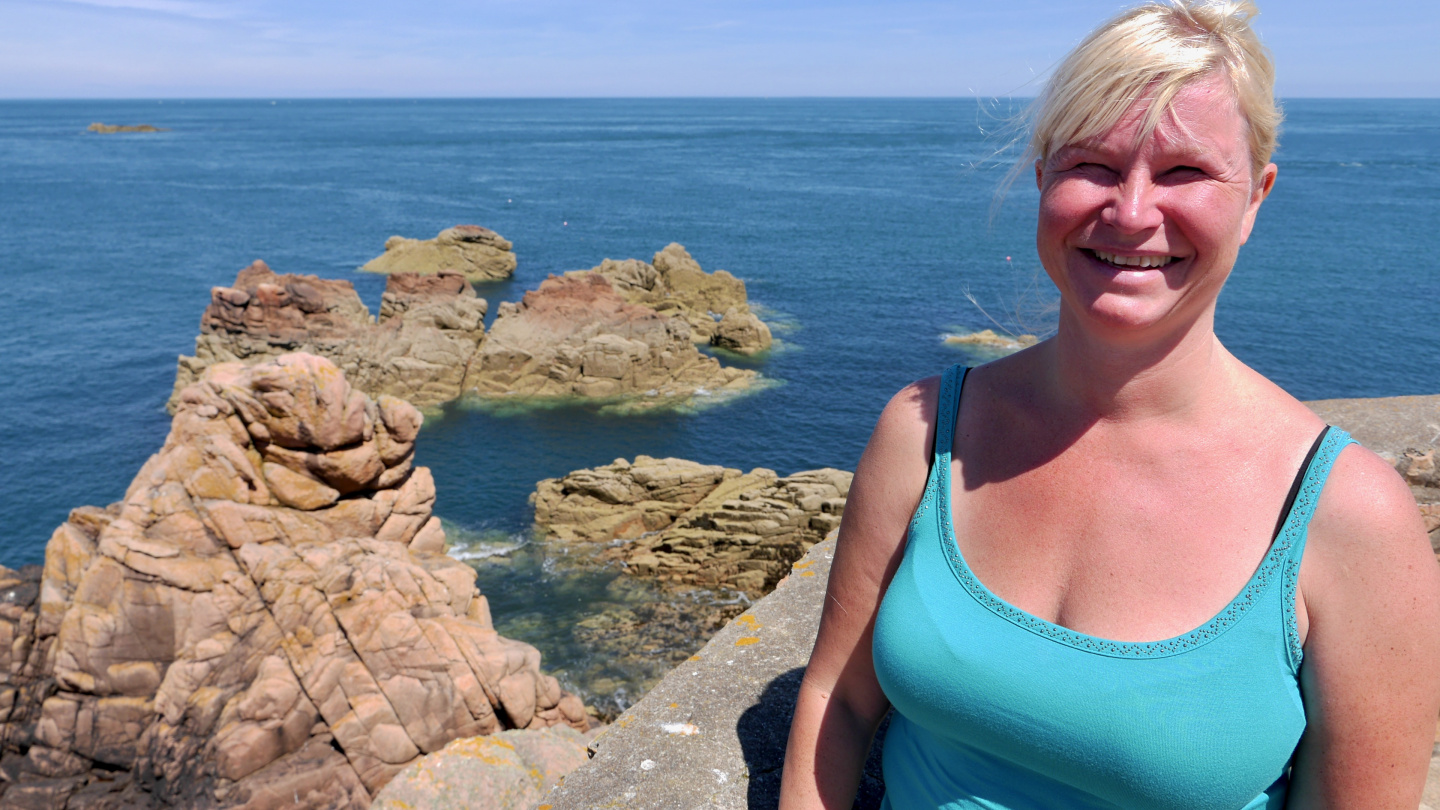
After climbing on the rocky beach and steep steps to the lighthouse it was nice to sit down in a nearby farm café enjoying the Brittany crêpes. After coffee break it was time to walk back to the southern island.
We were really wondering why bréhatins are not looking for bigger cut from the wallets of the tourists as the restaurants and cafés are closing already around 6pm and 7pm. Only a very few restaurants were serving customers in the evening and even then you had to be fast for getting a dinner before their closing time at 8pm. Of course the biggest holiday season of August is still ahead but July should be already a high season.
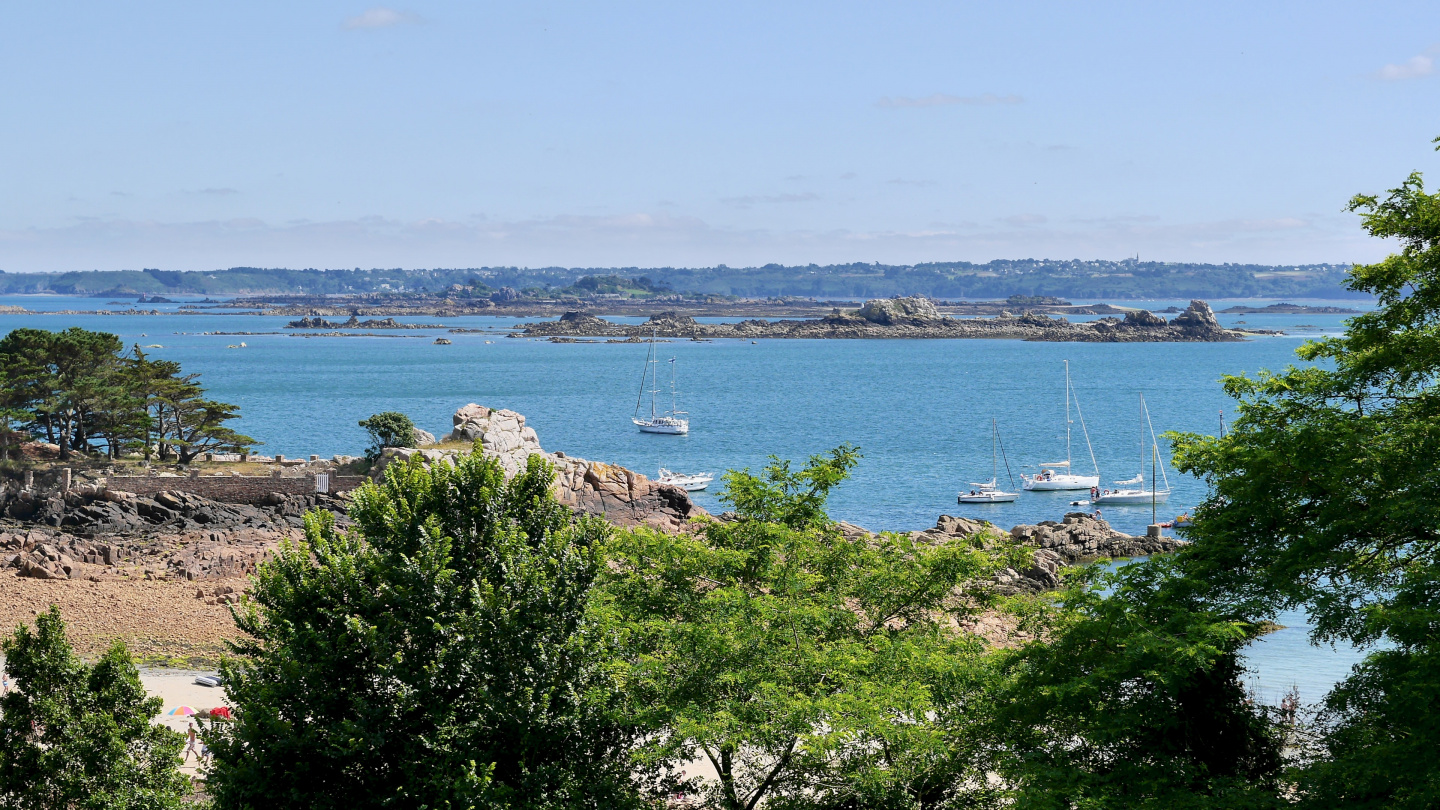
We had picked a Birlot watermill that was built in the 17th century as an exploration destination for Sunday. Two times every day for six hours at mid-tide it used to extract flour from wheat, barley & buckwheat. The working hours of the miller must have been quite a peculiar as the half-tide moves forward by an hour every day. Birlot however must wait for our next visit as the forecast was showing another gale approaching rather sooner than later and it was estimated to blow for the next four days.
The wind raised early Sunday morning and we decided to weigh the anchor and set course to Roscoff. At first we motored with the wind directly on the nose but on the Bay of Morlaix we made a detour by following the shoreline to the bottom of the bay. Thus we could still hoist the sails on the last leg of the summer cruise. We need to preserve this salty feeling well as we want to keep fond memory of it for the whole winter period.
We still had three more days to prepare her for the winter in Roscoff. It felt silly to put extra chafe protection to the lines while others were just planning their summer cruise 🙂 The snubbers by itself are not enough to protect the lines around cleats, we added a lengths of hosepipe around our mooring lines for additional protection as well.
The chore list was long and we were busy from the morning to evening before on the French National Day on the 14th of July we said farewell to marina staff and left Suwena waiting for the adventures of the next summer. Of course we’ll visit in Roscoff throughout the winter checking that all is well aboard her.
Differently from our usual sailing pattern Suwena is wintering for the second winter in the same harbour. Roscoff is easily accessible by TGV train from Paris. In addition everything in the marina has been working really well. Next summer we have an idea to continue our adventure to Spain. Before it we will make a pile of summer videos about sailing that some have already asked for to our delight.

